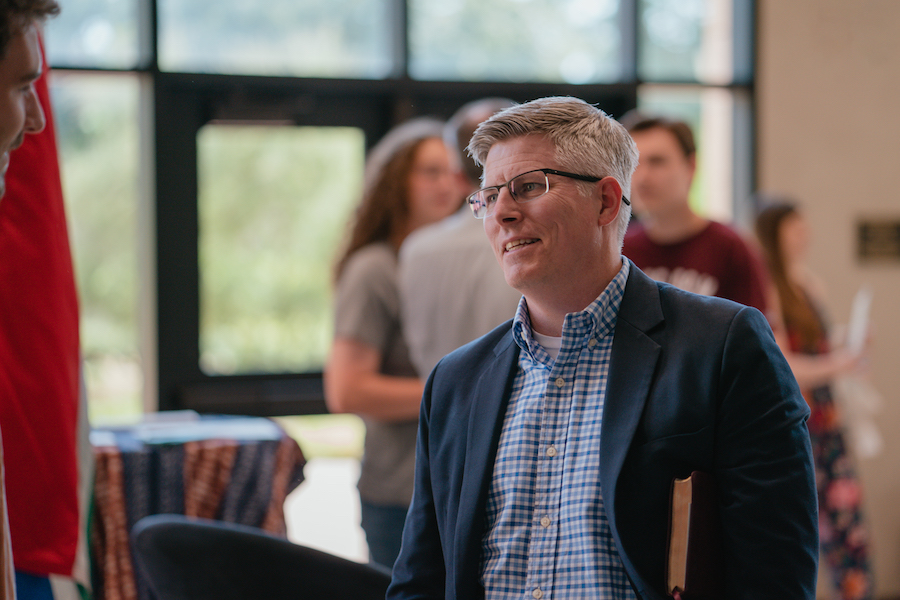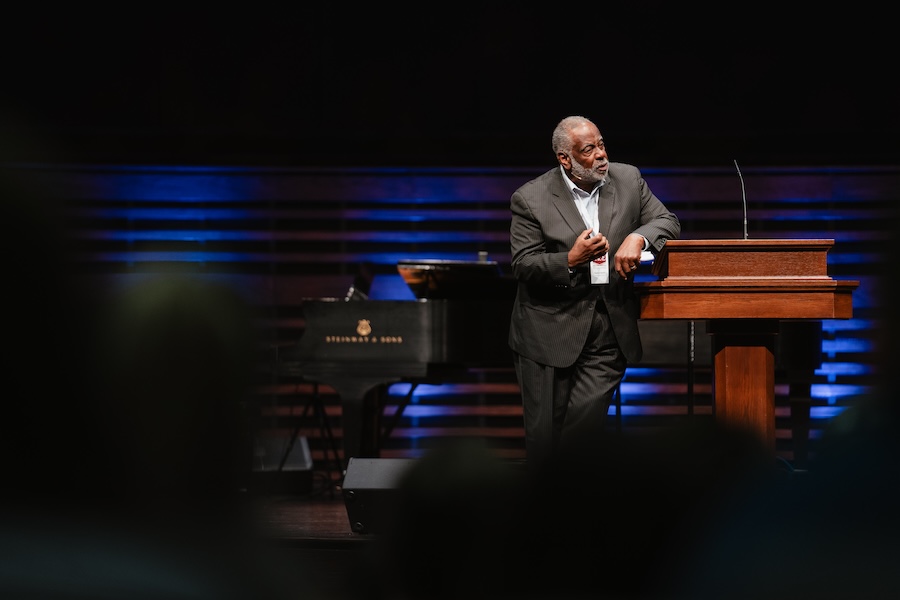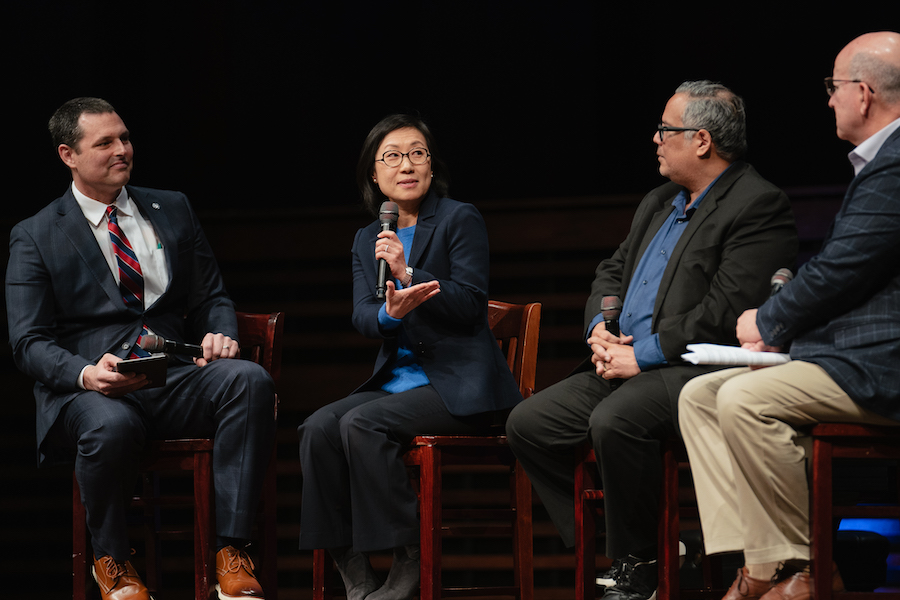Southwestern Seminary preserves investment in the family

Increased costs of higher education, utilities, and health care continue to be a challenge as Southwestern makes adjustments to meet the $36.8 million 2017-18 fiscal year budget set by its Board of Trustees. The continued escalation of health care premiums in particular continues to be a burden to Southwestern, with a cumulative increase of 42% over the past three years. Health care now accounts for 10 percent of Southwestern’s operating budget.
Legally, Southwestern is required only to provide health care benefits for employees and their dependents; providing coverage for the spouse is optional. Ever since Affordable Care Act was enacted, institutions and companies have targeted spousal and dependent coverage for employer health insurance plans as they look for ways to decrease expenses. Southwestern has made the decision to maintain coverage for the employee, spouse, and dependents. The family is a critical institution established by God, and Southwestern therefore places a high value on the family, as evidenced by investment in the Naylor Children’s Center, programs in biblical manhood and womanhood, classes focused on the Christian home, and mentoring for husbands/fathers and wives/mothers. Providing health coverage for the family is a further example of Southwestern’s commitment to the family.
President Paige Patterson states:
For 42 years I have served Southern Baptists as president of its schools. Not a day of it has been free from concerns about funding. The exorbitant cost of health care is the latest dilemma. Consequently, we have to tighten our belt. These adjustments are personally excruciatingly painful and sad to me. But I have had no choice to maintain the financial integrity of the School. We are profoundly appreciative of the prayers of God’s people.
A three-phase approach was implemented to tighten the fiscal belt and preserve health care benefits for the family.
- s
- Phase 1 involved making low-hanging fruit adjustments, such as, but not limited to, moving breakfast from two locations to one in dining services; realizing that the majority of students’ workflow is completely digital now and cutting the Copy Center hours in half; and decreasing the fleet of vehicles used to maintain the 200+ acre Fort Worth campus.
- Phase 2 involved making the decision not to refill positions vacant from natural attrition occurring over the next few months. The natural attrition includes student-employees who are graduating and staff and faculty already scheduled to retire.
- Phase 3 involved laying off full-time staff in selected areas where functions can be covered in other ways or by organizational changes. This was the most difficult phase for President Patterson and the five vice presidents to do, as it involves pitting a CEO mentality against a pastoral heart.
s
s
Southwestern presently possesses 865 employees—300 full-time and 565 part-time. The combination of Phases 2 and 3 affects approximately 30 full-time positions. Four faculty members already scheduled for retirement are included, and their positions will not be refilled. Southwestern continues to retain a long-range succession plan for the faculty, and experienced professors already exist to take the place of retiring faculty so that classes will not be affected.
Many have asked about the perceived dichotomy of making budget adjustments that affect staff positions while concomitantly embarking on campus building projects such as Mathena Hall, the new home to Scarborough College and the Roy Fish School of Evangelism and Missions; Baptist Heritage Center, a facility to house unique libraries and temporary housing for theologians-in-residence to come and utilize the library resources; Reynolds Auditorium renovation; and Barnard Hall renovation. The perceived dichotomy is rooted in a misunderstanding of the use of funds. Donors graciously provided funds specifically designated for the construction and renovation of these building projects. The designated funds cannot be used for operating the seminary. Moreover, since the construction of MacGorman Chapel in 2011, all newly constructed buildings possess a maintenance and operating endowment to defray the impact on Southwestern’s operating budget.
Here are ways you can help at this time:
- s
- Pray for those affected by the staff reductions.
- Praise God for the Cooperative Program, which provides 22 percent of the operating budget to subsidize campus services and tuition expenses for students. Southwestern exists to serve the churches of the Southern Baptist Convention which sacrificially give to the Cooperative Program. It is for this reason Southwestern adopted the Latin phrase pro ecclesia (for the church) for its academic seal during its centennial celebration in 2008.
- Pray that ministry partners continue to come alongside Southwestern to help with the operating budget. Many of our faithful ministry partners in South Texas are understandably recovering from Hurricane Harvey, necessitating the need for other ministry partners to stand in the gap.
- Pray for and invite more students to Southwestern. Revenue from tuition obviously helps with the operating budget. The head count enrollment at Southwestern continues to be sustained, but students are taking fewer hours as they themselves make budget adjustments and work multiple jobs during these economic times of increased expenses.
s
s
s



